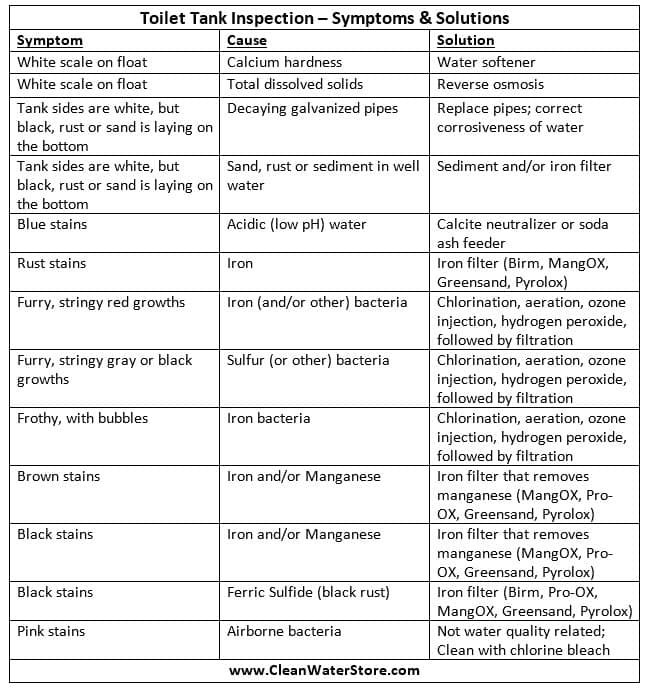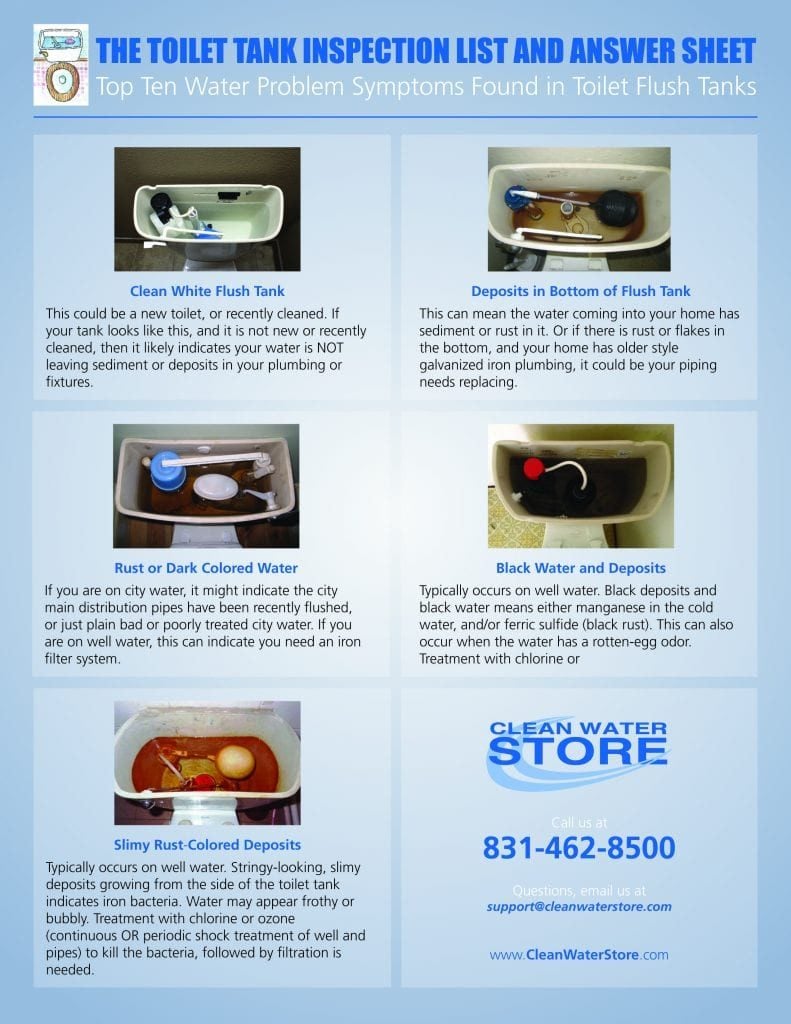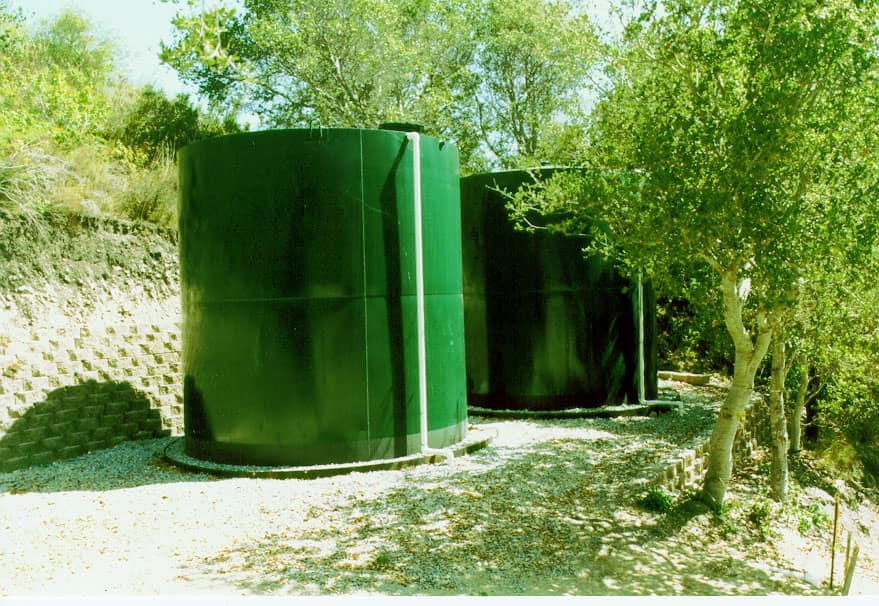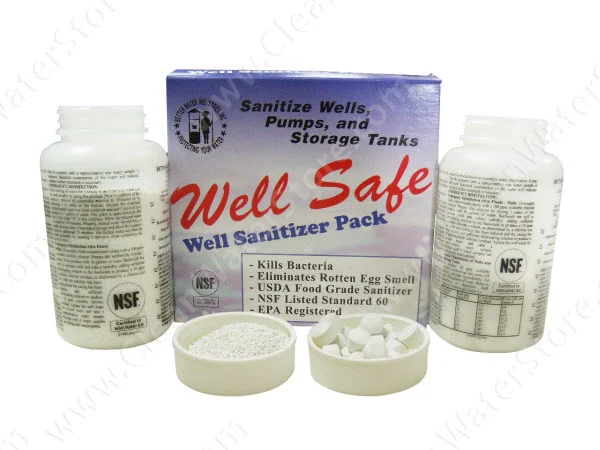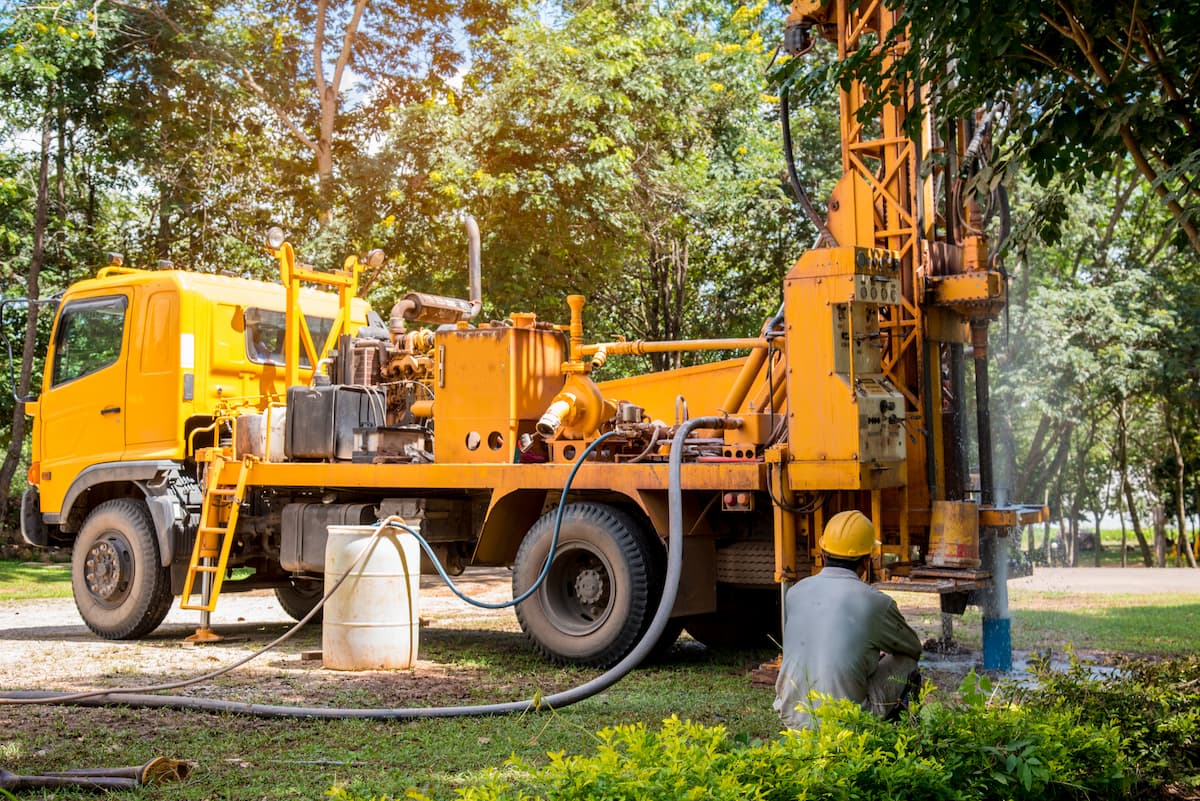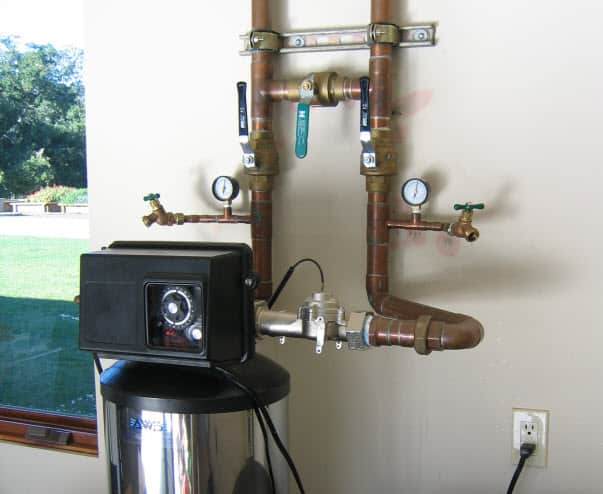13 Water Problems Your Toilet Tank Might Tell You About Your Water
Iron Bacteria in Toilet Tank: One of the 13 Water Problems Your Toilet Might Tell You About Your Water
One problem we often hear about is unpleasant odors from some. However, not all of the fixtures in the house have toilet tank problems.
For example, the upstairs bathroom shower has a bad odor, but the downstairs kitchen and bath have no odor.
This can be caused by bio-films of iron and/or sulfur bacteria forming in certain sections of the home plumbing that are not used as much as other sections. Acidophilic iron bacteria, which thrive in low-pH environments, can also contribute to these issues. Acid mine waste is a critical environment for these bacteria, affecting water quality and potentially leading to unpleasant tastes and odors.
Some wells have high levels of these bacteria, which metabolize sulfates in the water and produce hydrogen sulfide gas, which give the water the terrible ‘rotten-egg’ odor.
(If you want to learn more about dirty water, check out this post)
Common Issues with Toilet Tanks
Toilet tanks can be a breeding ground for various issues that can affect the overall quality of your water supply. One of the most common problems is the growth of iron bacteria. These microorganisms thrive in environments with high iron content, leading to unpleasant odors, tastes, and discoloration in your water. Iron bacteria can also produce a slimy biofilm that clogs pipes and damages your plumbing system.
Another frequent issue is the presence of sulfur bacteria, which can produce hydrogen sulfide gas. This gas is notorious for its “rotten egg” smell, making your bathroom experience quite unpleasant. Regular maintenance and testing of your toilet tanks can help identify these issues early on, allowing you to address them before they escalate into major problems.
Iron Bacteria in Toilet Tanks
Iron bacteria are a type of microorganism that can thrive in toilet tanks, especially in areas with high iron levels in the water. These bacteria feed on the iron, producing a slimy biofilm that can cause a range of problems. This bacterial slime can clog your pipes, leading to reduced water flow and potential damage to your plumbing system. Additionally, iron bacteria can cause unpleasant odors and tastes in your water, making it less enjoyable to use.
One of the visible signs of iron bacteria in your toilet tank is the formation of ferrous iron, which can stain the tank and pipes with a reddish-brown color. To prevent the growth of iron bacteria, it’s essential to maintain good water quality and perform regular testing. This can help you catch any issues early and take the necessary steps to address them.
Water Quality Issues
Water quality issues can significantly impact your toilet tank and overall plumbing system. Poor water quality can lead to the growth of iron and sulfur bacteria, which can cause a range of problems, including unpleasant odors, tastes, and discoloration. These bacteria thrive in environments with high levels of iron and sulfur, producing hydrogen sulfide gas and bacterial slime that can clog pipes and damage your plumbing.
To prevent water quality issues, it’s essential to perform regular testing and maintenance on your water supply. This can help you identify any contaminants or impurities that may be present. Additionally, using water treatment equipment can help remove these impurities, ensuring that your water supply remains clean and safe. Regular maintenance and testing are key to preventing water quality issues and keeping your plumbing system in good condition.
How To Fix Your Toilet Tank Problems?
Step 1: Shock Chlorinating The Well to Remove Iron Bacteria
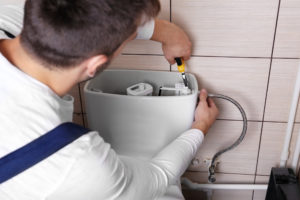
However, these bacteria live in pipes inside biofilm, a microscopic gelatinous coating in which they live and multiply. Some pipes in the home that are not used as much as others allow these biofilms to form and allow the odors to come back.
You may wonder how you can tell if you have iron bacteria. One way is to use an iron bacteria test kit and actually test for it. The other way is to look in your toilet flush tank!
Simply remove the lid on the toilet tank and look inside. Some signs of iron or sulfur bacteria are slime, a stringy material growing out from the sides, or bubbles/froth on the top of the water in the tank.
Besides iron bacteria, your toilet tanks can tell you if you have copper corrosion (blue water), sediment, or other contaminants in the water:
For bacterial problems, we recommend a series of chlorine shocking the piping, once a month for several months.
Eventually, this will eliminate the problem.
Step 2: Disinfection System Using Chlorination Or UV Light with Disinfectant Injection Retention
If you find it won’t go away, you can also install a disinfection system using chlorination or UV light as part of a comprehensive iron bacteria treatment to destroy the bacteria as they enter the home from the well. It is important to oxidize iron during the disinfection process, as this helps prevent the growth of various types of iron bacteria that can impact water quality.
Also, drain your water heater and remove and inspect the anode rod.
If the anode rod is worn or severely corroded, you can replace it with an aluminum-zinc type, which may help reduce the water heater's odor.
We hope this information helps you solve your problems. If you have any further questions, you can reach us at support@cleanwaterstore.com or on Facebook. Happy flushing!


